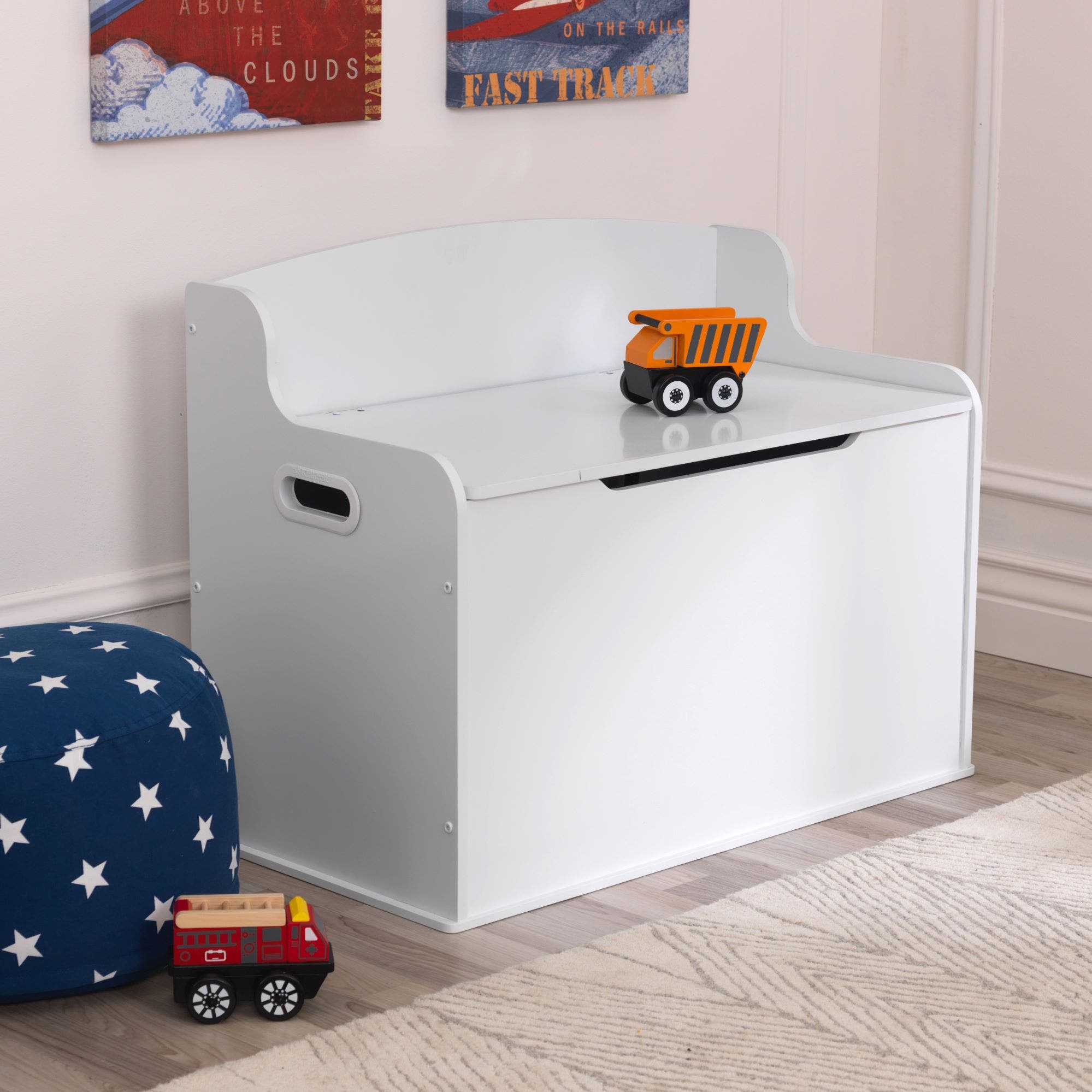
Designing a Dream Room
Introduction
A child's bedroom is more than just a place to sleep; it's a personal sanctuary where they can play, study, and dream. Creating a kid-friendly space that is both functional and inspiring can have a significant impact on their overall wellbeing.
Choosing the Right Colors and Themes
The color palette and theme of a child's room can greatly influence their mood and behavior. Consider your child's personality and interests when selecting colors and themes. For example, a child who loves animals might enjoy a safari-themed room, while a creative child might prefer a colorful and whimsical design.
Furniture Selection
Choosing the right furniture is essential for creating a comfortable and functional space. Opt for furniture that is age-appropriate, durable, and easy to clean. Consider incorporating storage solutions, such as built-in shelves or drawers, to help keep the room organized.
Storage Solutions
A well-organized room can help children feel more relaxed and focused. Incorporate storage solutions like bookshelves, toy chests, and baskets to keep belongings tidy. Consider using labels or color-coding to make it easy for children to find what they need.
Lighting and Decor
Adequate lighting is crucial for both studying and playing. A combination of natural and artificial lighting is ideal. Decorative elements can add personality and warmth to a room. Consider hanging artwork, posters, or tapestries that reflect your child's interests.
DIY Projects
Encourage your child's creativity by involving them in DIY projects. Painting walls, adding decals, or creating personalized artwork can make the room feel more unique and special.
Conclusion
Designing a kid-friendly space is a rewarding experience. By considering your child's personality, interests, and needs, you can create a room that is both functional and inspiring. Remember, the most important thing is to have fun and create a space that your child will love.
